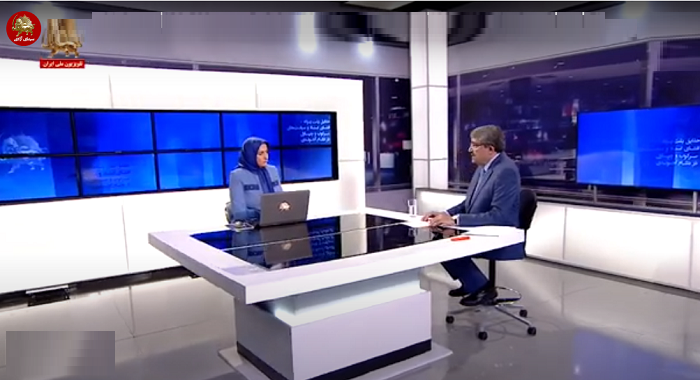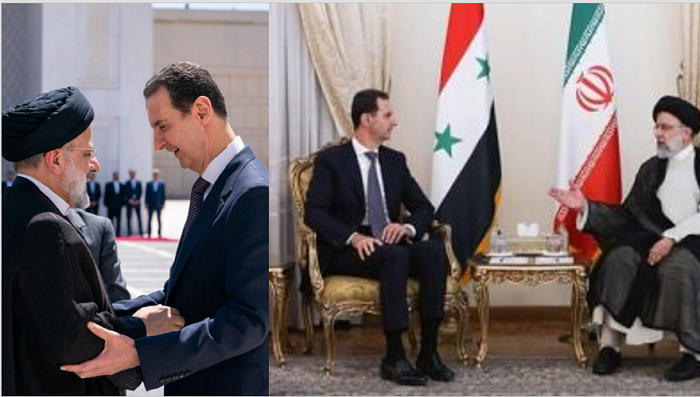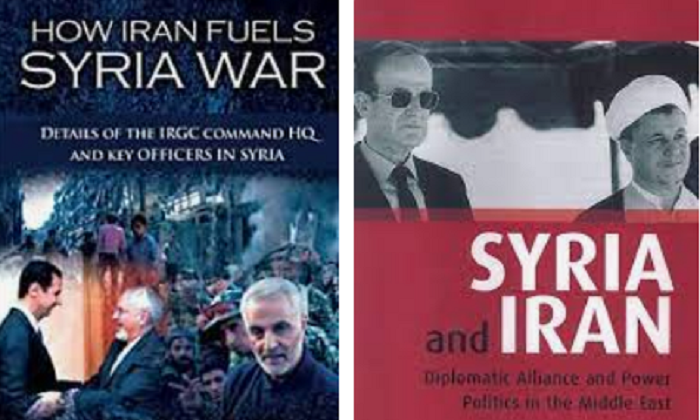
While the visit was framed by Iranian state media as a strategic alliance, leaked documents obtained by the National Council of Resistance of Iran (NCRI) reveal the true intentions of the regimes.
According to the classified documents, both Iran and Syria are trying to project strength, despite grappling with internal unrest and international sanctions. The Iranian regime has been attempting to exploit Syria’s phosphate reserves, fearing the Assad regime’s potential collapse.
Furthermore, the documents exposed Iran’s expertise in forging documents to evade sanctions and how it has been risking the lives of its staff by using low-cost vessels to transport phosphate.

One of the leaked documents detailed a 2021 meeting about agreements between Iranian corporations to enter the Syrian phosphate business. The document reveals Iranian skepticism about the Assad regime’s stability, noting that “there is a political risk of regime change in Syria.”
Another document from the Ghadir Investment Company discussed a meeting about Syria’s phosphate industry, with the Iranian regime seeking to use its capacity to evade sanctions. The document states that the regime’s IRGC-affiliated company “can help in changing the origin of shipment (Syria) in documents and preparing new documents.”

In 2017, the NCRI exposed a $20 billion deal between Iran and Syria that sought to strengthen Tehran’s foothold in Syria. The contracts included farmland, a cow farm, phosphate mine, oil terminal, telecom contracts, and a wharf.
He argued that despite the international community’s inaction, history has shown that such dictators eventually face the consequences of their crimes.

The leaked documents paint a picture of two desperate regimes trying to maintain their foothold amid growing instability. Rather than a strategic alliance, this relationship appears to be one of mutual exploitation and mistrust.
 MEK Iran (follow us on Twitter and Facebook), Maryam Rajavi’s on her site, Twitter & Facebook, NCRI (Twitter & Facebook), and People’s Mojahedin Organization of Iran – MEK IRAN – YouTu
MEK Iran (follow us on Twitter and Facebook), Maryam Rajavi’s on her site, Twitter & Facebook, NCRI (Twitter & Facebook), and People’s Mojahedin Organization of Iran – MEK IRAN – YouTu







